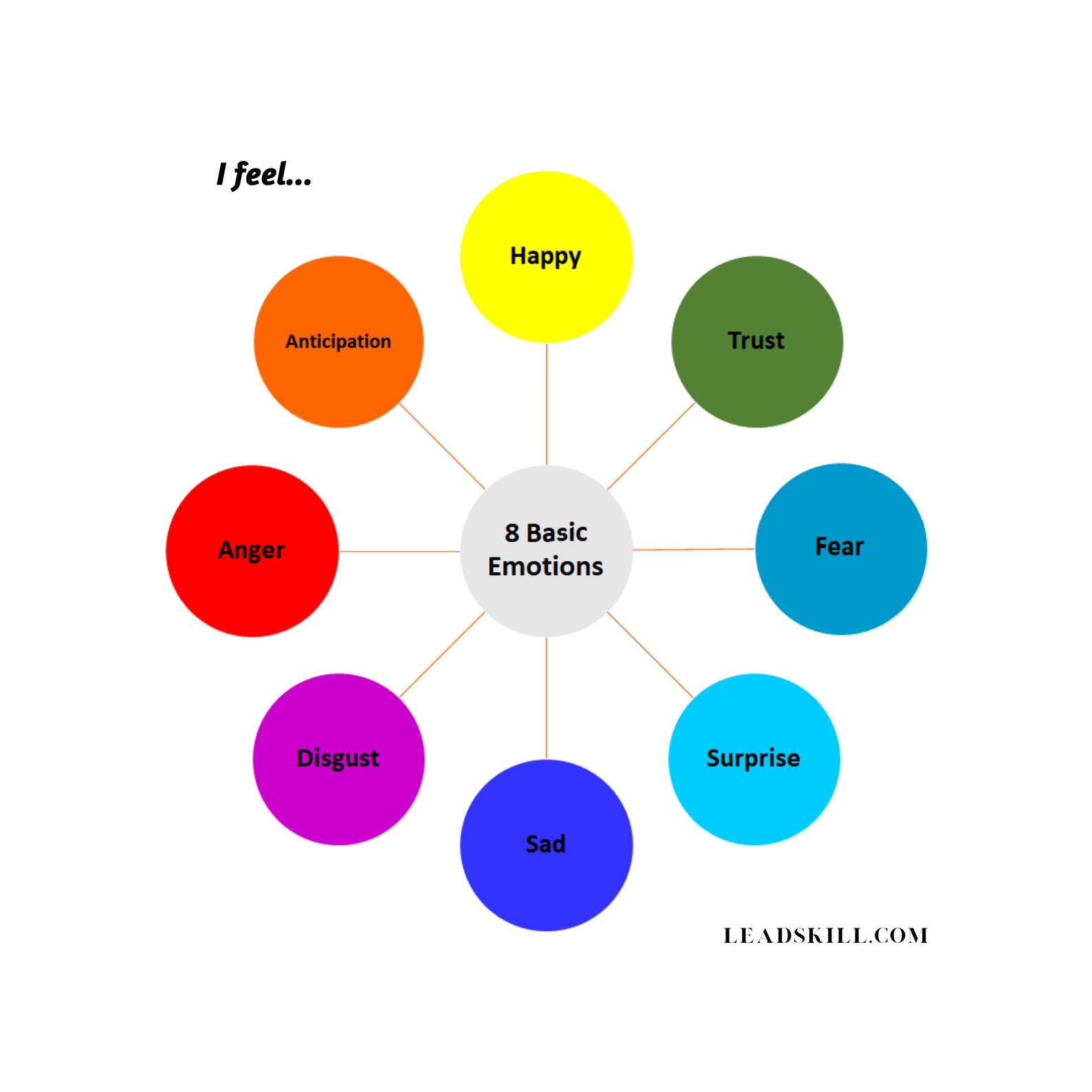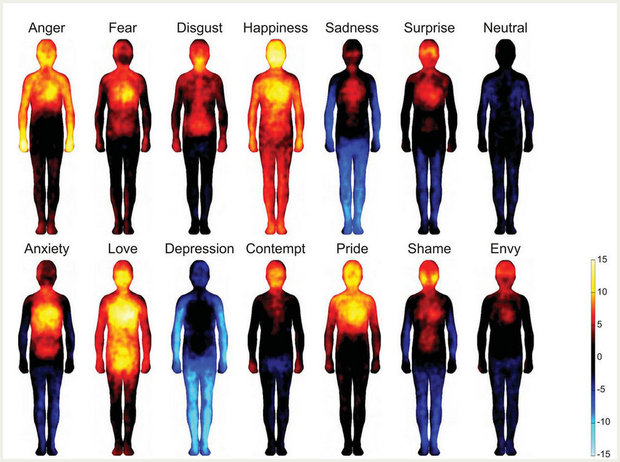What are some ways to help regulate your emotions?
A. Yoga
B. Guided/Mindful Breathing
C. Awareness of emotions
D. All of the above
D. All of the above
(Tip: you can practice all of these as coping skills while at the hospital!)
T/F Whether the emotion is negative or positive, we are likely to "catch/pick up" on other people's emotions
True
The evolutionary basis of this is simple: humans have only survived and thrived in groups. We are social creatures. And because of that, we have a tendency to pick up on each other’s emotional states.
T/F Emotions are learned
False, Most scientists believe that basic emotions are innate (you are born with them) rather than learned
T/F Different colors can stir up certain emotions because of what we associate with these hues from nature.
True.
For example, blue is a very calming color and enhances relaxation because it's associated with the ocean, whereas yellow is considered a joyous, vibrant color due to its connection to the sun.
Humans are capable of making how many thousands of different facial expressions for expressing subtle emotions?
A. 5,000
B. 10,000
C. 15,000
B. 10,000
To help regulate your emotions, you can use the five _____.
They encourage us to take a body scan as we wind down and release any built up tension.
A. Senses
B. Body parts
C. Breaths
Five Senses

Emotions help to... A) Motivate us B) Focus our attention C) Both A&B or D) Block our feelings
C) Both A&B (Motivate us and focus our attention)
T/F Emotions and feelings are the same thing.
False.
Emotions are chemicals released in response to our interpretation of a specific trigger
Feelings are something we sense, and they are more cognitively saturated as they take place when we begin to integrate the emotions. Feelings last longer than emotions, and they are sometimes the mixture of several emotions.
T/F Emotions happen in 6 seconds
True!!
Six seconds – it is the time taken for chemicals to be produced in the hypothalamus, until the chemicals are broken down and absorbed.
There are how many different types of smiles?
A. 18
B. 25
C. 31
A. 18
Which of these is not a part of the 8 basic emotions?
Happiness, Sadness, Fear, Disgust, Excitement, Surprise, Anticipation, Anger and Trust
Excitement

Which lasts longer - emotions or memory?
Emotions.
Many people can remember how they emotionally felt during a certain situation, even if the finer details are hazy. Studies of people with amnesia and Alzheimer’s find the same results. Even if someone cannot remember who they are, they can remember the emotions of their past life.
When we are happy, our heart rate tends to ____, and we experience emotions of joy and contentment.
When we are sad or angry, our heart rate tends to ____, and we may experience emotions of hostility or anxiety.
When we feel happy, our heart rate tends to slow down, and we experience emotions of joy and contentment.
When we feel angry or scared, our heart rate tends to increase, and we may experience emotions of hostility or anxiety.
T/F - Emotions are neutral
(meaning they are not inherently good or bad)
True!
Emotions are neutral. Emotions are not inherently good or bad. It may seem this way, since, for example, joy seems to be a winner over sadness. But joy and sadness have more in common than we think. Joy means we get something we care about; sadness means we lose something we care about. Emotions are simply signals, delivering a message.
Can you learn emotional regulation?
Yes!
Emotional regulation is the process of recognizing, sharing, and appropriately displaying how you feel.
It is possible learn to identify what you're trying to accomplish and behave in ways that are appropriate to the situation they’re in. A great way to start is through coping skills!
Changing or controlling your emotions is known as what?
(hint: it's a child life group theme)
Emotional Regulation
T/F - Not getting enough sleep can lead to more stress and anxiety.
True.
One 2018 study found that being sleep-deprived leads to more repetitive negative thoughts. Being overly tired can make you more emotionally reactive.
Unpleasant aromas trigger what type of emotions?
Negative
Over __ percent of emotional communication is non-verbal
A. 30%
B. 50%
C. 70%
C. 70%
When we confront a provoking situation (stimulus) the natural reaction of the brain is to activate the amygdala, a brain site that regulates our _____ - __ - ____ responses.
(3-word answer)
When we confront a provoking stimulus, the natural reaction of the brain is to activate the amygdala, a brain site that regulates the fight-or-flight responses. Emotional regulation processes allow us to buy time before we act on the fight or flight triggers.
(Lee, 2018; Van der Kolk, 1994)
What emotion is most closely related to exercise?
A. Happiness
B. Anticipation
C. Fear
A. Happiness
Cardiovascular activity increases endorphins in your body, which improves your mood. Running or other intense workouts sometimes also boosts adrenaline, which can make you feel as though you have more energy after the workout than when you started.
Emotions don't only involve a mental state but also a _________ state
Physical
T/F - Emotional support dogs and service dogs do the same job.
False!
The key difference between a service dog and an emotional support dog is whether the animal has been trained to perform a specific task or job directly related to the person’s disability. For example, service dogs are trained to alert a hearing-impaired person to an alarm or guide a visually impaired person around an obstacle or provide pressure on someone with PTSD who is suffering from a panic attack.
T/F The human face has 43 muscles involved in expressing facial emotions
True